Exterior Repair and Painting of Damaged Wood Siding
Ivan
6 years ago
Related Stories

MATERIALSDesign Workshop: Natural Wood Siding Minus the Maintenance
No need to worry about upkeep when you choose wood that embraces weathering
Full Story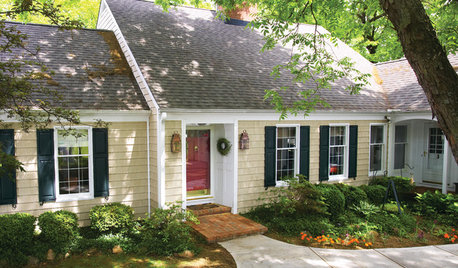
EXTERIORSGreat Home Project: Replace Your Exterior Siding
Learn the material options, costs and other factors when replacing or updating your siding
Full Story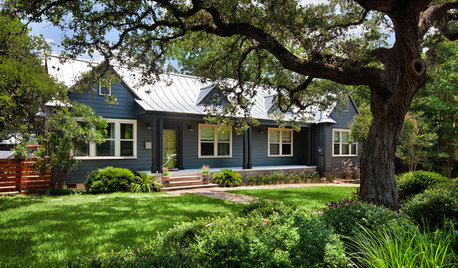
CURB APPEALHow to Touch Up Your Home’s Exterior Paint
Protect your siding from weather damage without exposing yourself to mismatched paint by learning the right way to do touch-ups
Full Story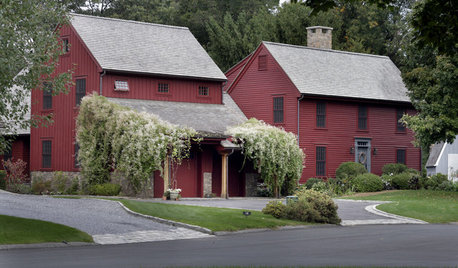
GREAT HOME PROJECTSReady to Repaint Your Home’s Exterior? Get Project Details Here
Boost curb appeal and prevent underlying damage by patching and repainting your home’s outer layer
Full Story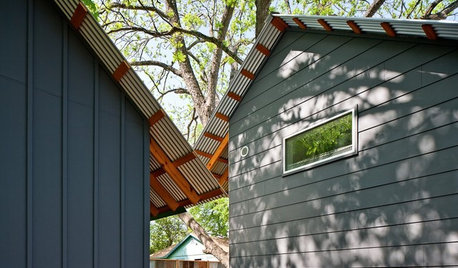
REMODELING GUIDESFiber Cement Siding Takes a Front Seat
Not just a wood or vinyl substitute, fiber cement is a stellar siding choice in its own right for modern home exteriors
Full Story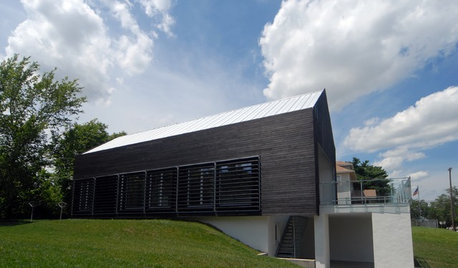
REMODELING GUIDES'Yakisugi-ita' Is Setting the Siding World on Fire
Exterior wood siding created by a Japanese burning technique is now alighting in the Western world
Full Story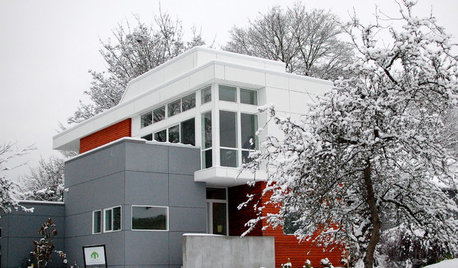
REMODELING GUIDESSeal the Deal With Fiber Cement Siding
Chameleon-like, durable and low maintenance, fiber cement gives home exteriors of all shapes and styles a winning edge
Full Story
HOUSEKEEPINGProtect Your House From Winter Water Damage
Avoid costly repairs by learning to spot potential problem areas before water damage is done
Full Story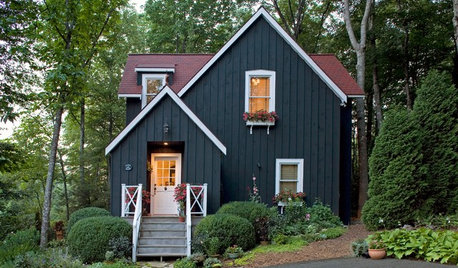
GREAT HOME PROJECTSHow to Get Your Home’s Exterior Painted
Learn how to hire and work with a painting contractor to get the best results
Full Story
CURB APPEALWhat to Know About Getting Your Home’s Exterior Trim Painted
Learn when it makes sense to change the color of your exterior trim and how much this project might cost
Full Story





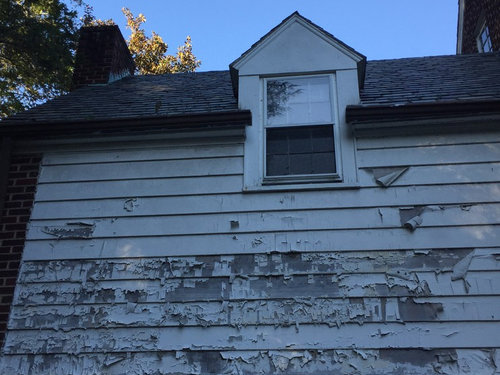
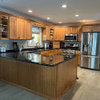




IvanOriginal Author
carlos229
Related Professionals
Aurora Painters · Ardmore Painters · Santa Clarita Painters · Yonkers Painters · Homer Glen Cabinets & Cabinetry · Lindenhurst Cabinets & Cabinetry · National City Cabinets & Cabinetry · Salisbury Cabinets & Cabinetry · Apopka Flooring Contractors · Brandon Flooring Contractors · Brooklyn Park Flooring Contractors · East Brunswick Flooring Contractors · Harwich Flooring Contractors · Nashville Flooring Contractors · West Linn Flooring Contractorsgraywings123
carlos229
Paint sales at Home Depot
paulbarthel1
paintguy22
Paint sales at Home Depot
IvanOriginal Author
paintguy22
IvanOriginal Author
Paint sales at Home Depot
IvanOriginal Author
paintguy22
Paint sales at Home Depot
IvanOriginal Author
Paint sales at Home Depot
IvanOriginal Author
Sombreuil
paintguy22
Paint sales at Home Depot
jellytoast
IvanOriginal Author
paintguy22
IvanOriginal Author
paintguy22
IvanOriginal Author
Paint sales at Home Depot
paintguy22
IvanOriginal Author
Paint sales at Home Depot
HU-138754406
HU-138754406